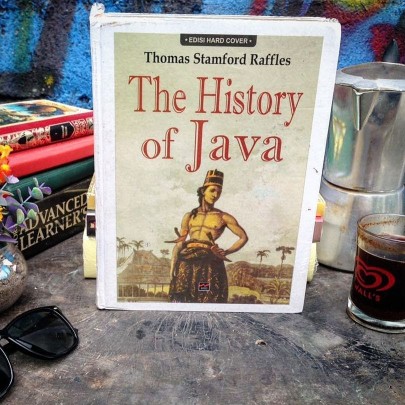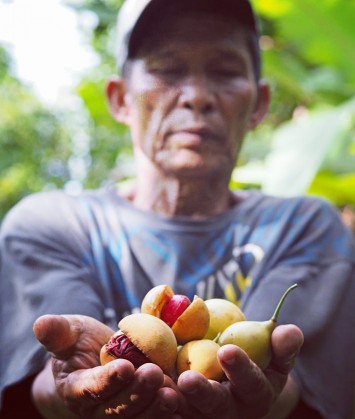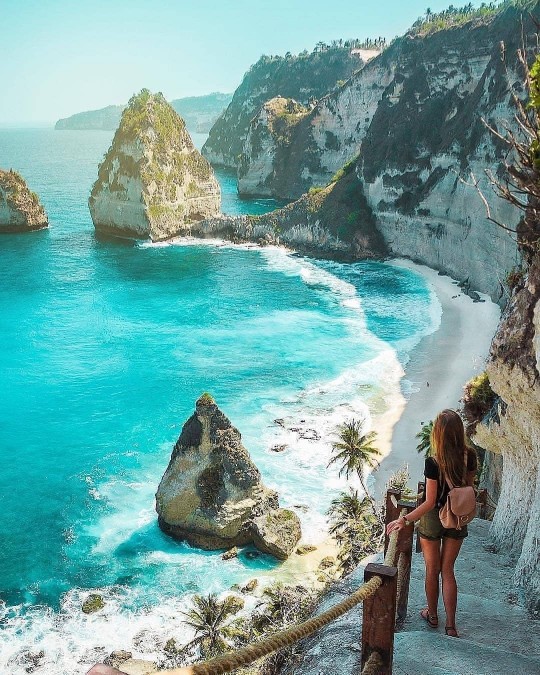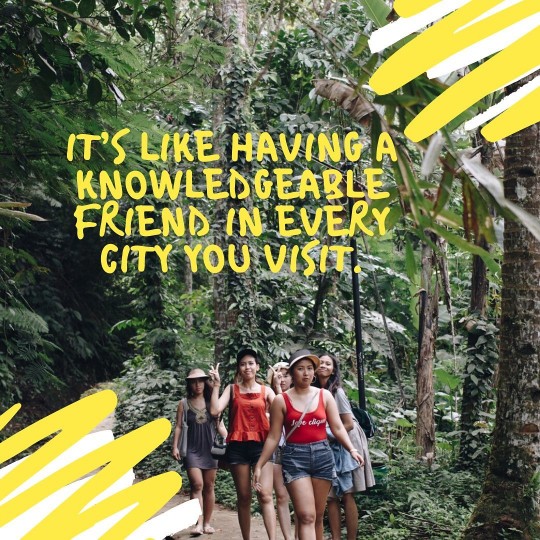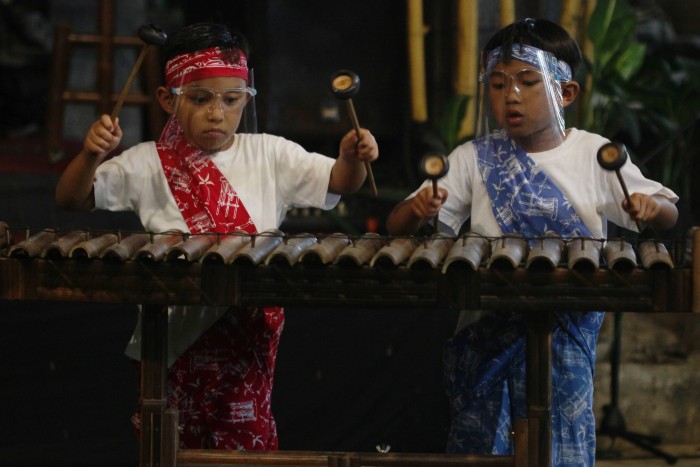javaprivatetour.com – Nestled in the heart of Bogor, West Java, Indonesia, lies an extraordinary treasure trove of biodiversity and history—the Bogor Botanical Gardens, known as Kebun Raya Bogor. Let us embark on a voyage through time, delving deeper into the roots of this botanical wonderland, which has been flourishing for over two centuries.
A Glimpse into Time Immemorial

Kebun Raya Bogor’s origins can be traced back to the ancient Sunda Pajajaran Kingdom, ruled by Prabu Siliwangi (1474-1513). It started as an “hutan buatan” or artificial forest, intended to safeguard rare timber species. This forest remained untouched for centuries, preserving the region’s unique flora.
Everything changed when Thomas Stamford Raffles, the British Governor-General of the Dutch East Indies, arrived in 1811. A passionate botanist, Raffles envisioned transforming the palace grounds into a captivating English-style garden. His vision took shape with the assistance of botanist W. Kent, giving rise to the Kebun Raya Bogor we admire today. Within these splendid grounds, Raffles also erected a monument, known today as the Tugu Lady Raffles, in memory of his beloved wife, who had passed away in 1814.
The Birth of a Botanical Haven

The formal establishment of Kebun Raya Bogor occurred during the Dutch colonial era, under the leadership of Governor-General Van der Capellen (1816-1826). It all began with Abner, a Dutch biologist, expressing his desire to create a botanical garden for research and plant collection.
On May 18, 1817, ‘s Lands Plantentuin te Buitenzorg was officially founded, led by Reinwardt, Hooper, and Kent. This garden became a sanctuary for plants and seeds from across the vast Indonesian archipelago.
A Hub for Scientific Discovery

Throughout its illustrious history, Kebun Raya Bogor has been instrumental in advancing various scientific disciplines. It gave birth to numerous research institutions, including Bibliotheca Bogoriensis (1842), Herbarium Bogoriense (1844), Kebun Raya Cibodas (1860), Laboratorium Treub (1884), and Museum dan Laboratorium Zoologi (1894).
In 1967, the Indonesian Institute of Sciences (LIPI) was established, further cementing the garden’s status as a scientific epicenter.
Reinwardt: The Visionary Pioneer

Professor Caspar Georg Karl Reinwardt, a renowned German botanist, embarked on the garden’s journey into botanical research. Appointed as Director of Agriculture, Arts, and Education in Java by the Dutch government in 1816, Reinwardt commenced his botanical exploration.
Reinwardt’s contributions to botany earned him a monument within the garden, inaugurated in 2006. His work attracted European botanists, propelling Kebun Raya Bogor to the forefront of botanical research.
A Treasure Trove of Botanical Knowledge

Today, Kebun Raya Bogor spans a sprawling 87 hectares and houses an astounding collection of 15,000 plant species. Its historical significance extends beyond Indonesia, with its herbarium specimens preserved at the University of Leiden in the Netherlands.
Scientific breakthroughs, such as the discovery of auxin hormones and mycorrhiza in the early 1900s, have further solidified the garden’s role in advancing botany.
A UNESCO World Heritage Site
Acknowledged by UNESCO, Kebun Raya Bogor’s integrity lies in its remarkable architectural structures, authentic taxonomic plant displays, heritage trees, and natural landscapes. It has been a beacon of biological research for over two centuries.
The surrounding area of Bogor City has been designated as a buffer zone, ensuring the protection of the garden’s heritage and scientific importance.
A Historical Gem: The Dutch Old Cemetery

One of the historical areas within Kebun Raya Bogor is the Dutch Old Cemetery. This burial ground serves as the final resting place for individuals who devoted their lives to Kebun Raya Bogor. Interestingly, the cemetery predates the official opening of Kebun Raya Bogor by Caspar Georg Karl Reinwardt, its founder and first leader, in 1817.
The cemetery encompasses 42 graves, with 38 of them bearing identifiable markings. Among these, notable figures include D.J. de ee Erens, who served as a governor-general from 1836 to 1840, and Mr. Ary Prins, a legal expert who twice held temporary office as governor-general of the Dutch East Indies. Additionally, two young biologists, Heinrich Kuhl and J.C. Van Hasselt, who were sent to Kebun Raya Bogor as members of “The Netherlands Commissions for Natural Sciences,” share a grave. They both perished in the 1820s.
The oldest grave in the cemetery belongs to Cornelis Potmans, a Dutch apothecary, who passed away on May 2, 1784. The most recent grave is that of Prof. Dr. A.J.G.H. Kostermans, a renowned Dutch botanist who became an Indonesian citizen in 1958, and he passed away in 1994.

Preserving History for Generations
As we delve deeper into the annals of Kebun Raya Bogor’s history, we uncover a place where scientific research and botanical passion have thrived for centuries. This lush paradise continues to inspire scientists and visitors alike, making it a must-visit destination for anyone seeking to explore Indonesia’s rich botanical heritage.
So, when you plan your journey to Indonesia, don’t forget to include a visit to the enchanting Bogor Botanical Gardens, where history and nature intertwine to create a truly unforgettable experience. For a seamless and personalized adventure in Java and Bali, choose Java Private Tour. Our English-speaking, knowledgeable, and flexible guides are here to make your trip extraordinary. BOOK HERE NOW to learn more and book your unforgettable journey today!
You May Also Like
 Discover the Fascinating History Behind the Upanat Sandal: A Symbol of Javanese Heritage and Sustainable Tourism
Discover the Fascinating History Behind the Upanat Sandal: A Symbol of Javanese Heritage and Sustainable Tourism
 Explore the Historic Sunda Kelapa Port in Jakarta
Explore the Historic Sunda Kelapa Port in Jakarta
 Journeying Through Time at Sunda Kelapa Port: From Spice Trade Supremacy to the Birth of Jakarta
Journeying Through Time at Sunda Kelapa Port: From Spice Trade Supremacy to the Birth of Jakarta
 Exploring the Rich History of Java at History of Java Museum
Exploring the Rich History of Java at History of Java Museum
 Solo City Becomes a UNESCO Creative City
Solo City Becomes a UNESCO Creative City



